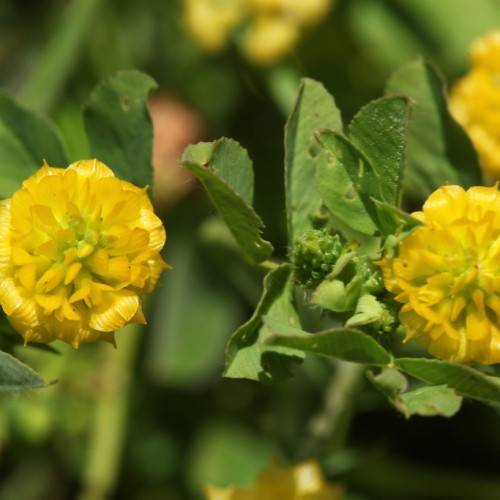
yellow clover
Trifolium dubium
Also Known As - small hop clover,lessor trefoilCycle:
Herbaceous Perennial
Watering:
Frequent
Hardiness Zone:
4
Flowers:
Flowers In Summer
Sun:
Deep shade, Filtered shade, Part sun/part shade
Fruits:
Fruits In Autumn Ready In
Leaf:
Yes
Growth Rate:
Moderate
Maintenance:
Low
Drought Tolerant:
Yes
Salt Tolerant:
Yes
Care Level:
Medium
watering
Japanese toad lily plants should be watered when the top 2–3 inches of soil feels dry. They prefer plenty of moisture, so during the hot and dry months of summer, additional waterings may be necessary. Be careful not to overwater as the plant can easily become waterlogged, which may lead to root rot. For best results, water in the morning and water directly into the soil, avoiding wetting the foliage.
sunlight
Japanese toad lily (Tricyrtis hirta incl. hybrids) should be grown in part to full shade for best results, although the plant can tolerate some direct sun. During hot summer months, direct exposure to intense sunlight should be avoided and filtered or indirect sunlight is preferable. For optimal flowering, a few hours of bright morning sunlight is recommended. If the garden is subject to intense afternoon sun, late afternoon shade will be beneficial for the plant.
pruning
Japanese toad lily (Tricyrtis hirta) should be pruned in late winter after its bloom. Cut back any spent flower stalks to the base of the plant, and remove any leaves that are discolored or tattered. Pruning should also be carried out to maintain the desired shape of the plant. If the plant has become overgrown, a more drastic pruning may be necessary. In this case, cut the plant back to about 1-third of its original size and remove any dead or decaying material. This will encourage new growth and a more attractive plant.
